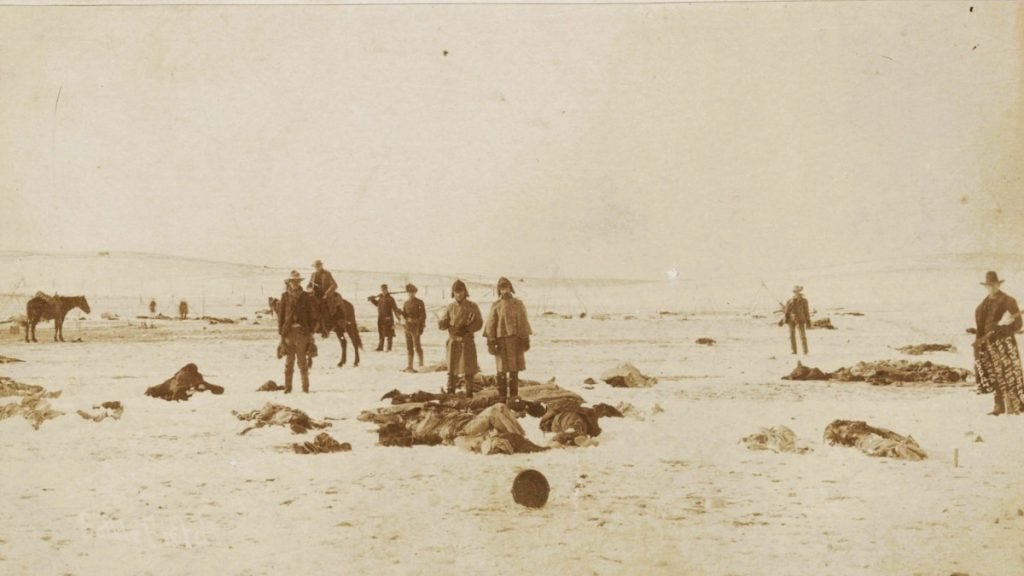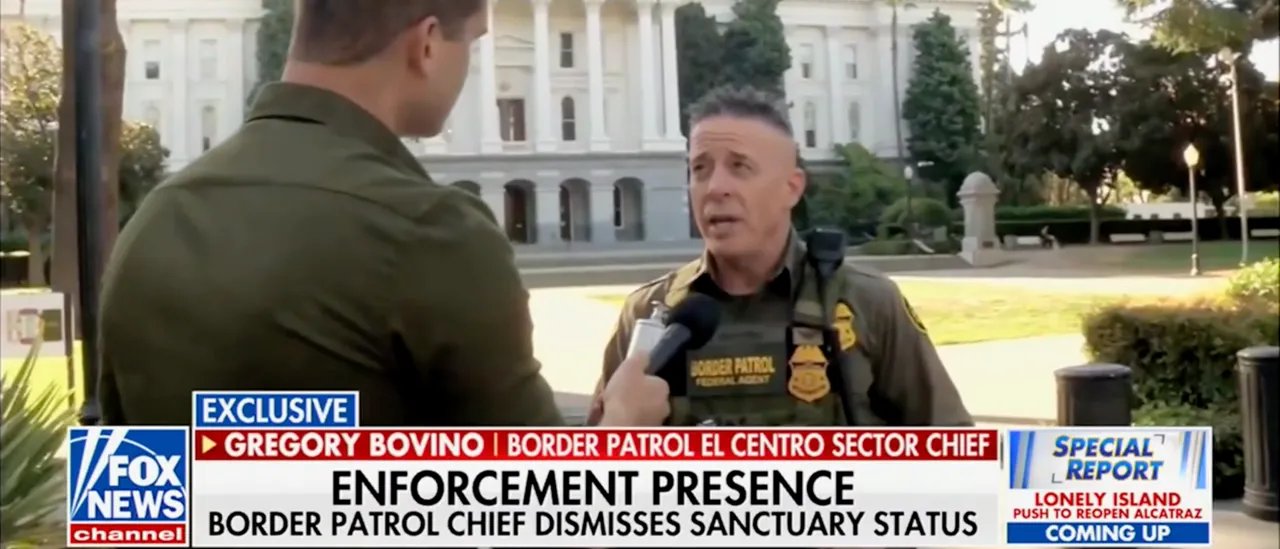The Lakota, who live on reservations throughout South Dakota, gather at the Wounded Knee Cemetery on the Pine Ridge Reservation to remember their ancestors who were massacred by the U.S. Cavalry in 1890.
A collection of cardboard boxes containing crafts and clothing was placed on top of a two-foot snowdrift in the cemetery on December 29, 2022. presumed torn apart from the victim’s corpse. After years of negotiations, the item was returned to Lakota by a small museum in Barre, Massachusetts.
Museum records show that a Barré traveling shoe salesman obtained the item on a trip west in 1891 and donated it to the Barré Museum a few years later.
On a cold December day, spiritual leaders Richard Moves Camp (Oglala Lakota of Pine Ridge) and Ivan Looking Horse, Miniconjou of the Cheyenne River Reservation, held prayer meetings and ceremonial visits to the spirits. I led the feeding.
Afterwards, dozens of Lakota gathered at a nearby school to share family histories of the massacre, view pictures of the returned artifacts, and honor the dead.
VOA spent weeks digging through historical records and newspaper articles to find out more.
Background
In the Treaty of Fort Laramie of 1868, the U.S. government reserved 233,000 square kilometers west of the Missouri River for “absolute and unencumbered use and occupation” by the Lakota, Dakota, and Nakota tribes known collectively as the Sioux. bottom.
When Lieutenant General George Custer and his 7th Cavalry confirmed there was gold in the Black Hills in the area, prospectors flooded in. By 1875, the Bureau of Indian Affairs ordered the tribe to move. When they resisted, the U.S. government dispatched troops, provoking an armed conflict in which Custer was defeated.
By 1889, various Lakota bands were consigned to separate reservations, their old way of life was banned, and the buffalo that had supported them for thousands of years disappeared.
Living on inadequate government rations of beef, they were looking for a miracle.
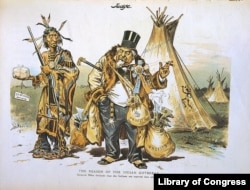
ghost dance
In 1890, the Lakota heard that a Paiute man in Nevada had a vision while cutting wood for his white employer. He fell and died, and God lifted him up to heaven. There he saw whites and natives “dancing, gambling, playing ball, playing sports of all kinds” young again.
The vision inspired a ghost dance based on the belief that if a man was good, worked hard, danced five nights in a row without fighting, God would bring the dead back to life and restore the Indians to their former way of life. I was. A white man disappeared, but no details were revealed.
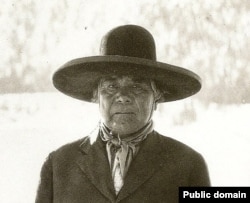
To find out more, the Lakota sent Kicking Bear, Chief Minikonju, and Short Bull, a Shikang Lakota of the Rosebud Agency, to Nevada.
“Not everyone spoke English,” said Ernie Lapointe, Chief Sitting Bull’s closest direct descendant. “So they had to use hand signals to talk.”
The message the duo brought back from Nevada lost something in translation.
“They told the Indians that they were near Salt Lake, Utah, to visit the new Messiah.” pine ridge daniel royer telegram Washington, “And they were told by him … a new earth would form, pass over this, and fill the white man under it.”
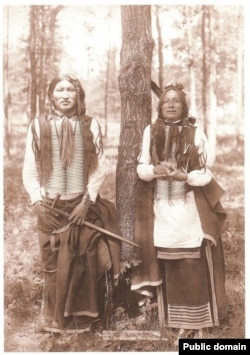
“It was Kicking Bear and Short Bull who came up with this story that if Indians wore these ghost shirts, white people’s bullets wouldn’t hurt them,” Lapointe said. He believes they got their idea from Mormon settlers in Nevada. They wore white “temple garments” to protect them from temptation and spiritual evil.
Within a few weeks hundreds of people gathered to dance. Some Indian agents and military officials saw it as a harmless diversion. Others believed the tribe was preparing to riot.
Lawyer again telegram washington: “The Indians are dancing in the snow, they are wild and crazy. … We need protection. We need it now.”
The White House responded by sending thousands of troops.
turning point
Indian agent James McLaughlin believes that Hunkpapa Lakota leader Sitting Bull The “High Priest” and the ringleader of the “Messiah Frenzy”.‘ He visited Sitting Bull at a cabin near the Grand River and asked him to stop the ‘absurd frenzy’. Sitting Bull declined.
“My great-grandfather knew that his ghost dance was not a Lakota sacred ritual. But he had to give people hope, so he let them do it.” ‘ said Lapointe.
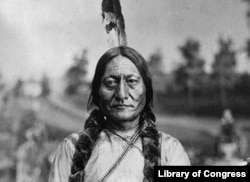
Sitting Bull violates the travel ban and decides to go to Pine Ridge to discuss de-escalation with Chief Red Cloud.
McLaughlin dispatched tribal police to arrest Sitting Bull on December 16. Sitting Bull was shot dead.
genocide
Sitting Bull’s half-brother, Chuper Greska, more commonly known as Si Thangka (“Big Foot”), is the leader of the Miniconju Lakota and lives on the Cheyenne River, 160 kilometers north. I was camping at the agency.
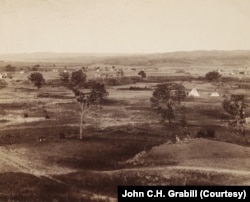
“He thought the government was going after him,” said Michael Hee Crow, an Oglala-Lakota descendant of Bigfoot. “He had so much influence among the people there that he felt he would be the next to die.”
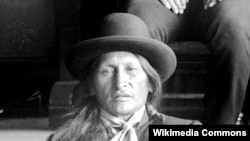
Bigfoot and several hundred followers left for Pine Ridge, but the Army intercepted them and forced them to camp in the small village of Wounded Knee.
On December 29, the Army ordered the Lakota to disarm.
“Men and women are separated,” said He Crow. “Most of the men were sitting in council circles and were the first to be killed, and most of those running were women.”
What sparked the ensuing carnage? Some say it was when the shaman’s yellow bird grabbed a handful of dirt from the ground and threw it into the air.
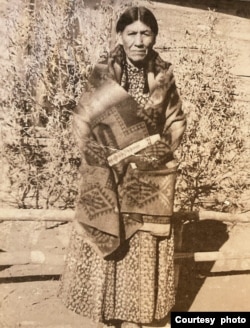
“He was praying and crying,” a Howoju Lakota survivor named Alice Ghost Horse/Kills the Enemy/War Bonnet later told his son. …he picked up some dirt from the fireplace and threw it in the air and said this is how he wanted to go back…to the dust.
Others tell a different story.
“There was a deaf man when they were taking the guns,” Crow said. “They told him to put the gun in the middle of the mountain, but he clutched the gun and said, ‘This is the only way to put food on the table and stay alive. And do you take this from me?
He Crow said the gun fired when officers tried to remove it. And that’s when the Army started firing rotary cannons and rifles.
“It was chaos,” said Violet Catches, a Howoju Lakota of the Cheyenne River Reservation. Her grandfather, Leon Hawley, was about 12 years old at the time and was one of her five children who survived the massacre.
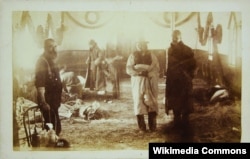
As many as 300 Lakota men, women and children died that day. Some people tracked him to 3 kilometers away from the scene. Official accounts say the massacre took 20 minutes, but Ghost Horse/Kills the Enemy/War Bonnet said the shooting didn’t stop until after dark.
They were buried in a large pit a few days later, but not before their weapons and belongings, including the ghost shirt on their backs, were removed.
Note: Part 2 of this article examines the “Relic Boom” that followed the massacre and shows how dozens of Wounded Knee-related items ended up in Massachusetts.

